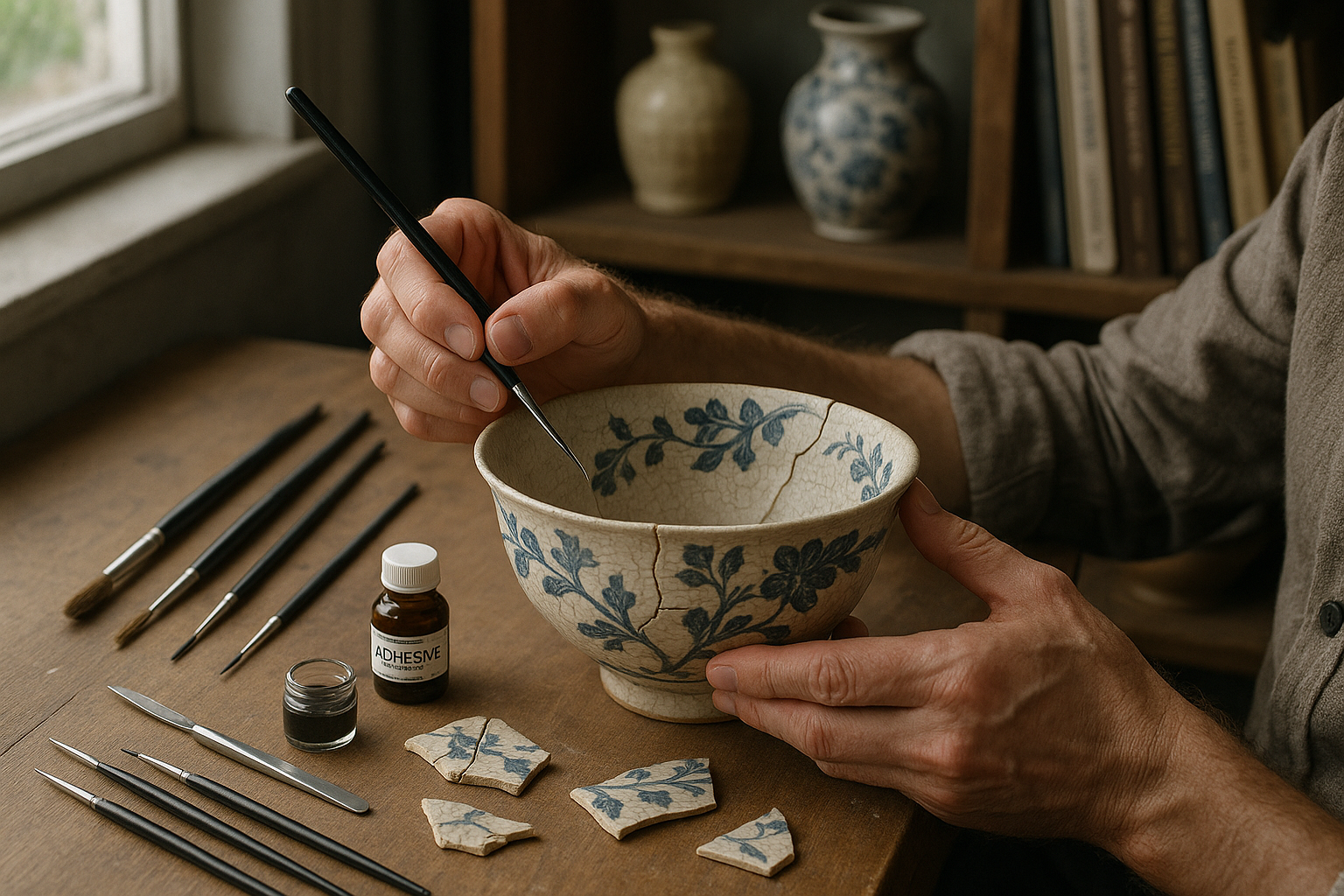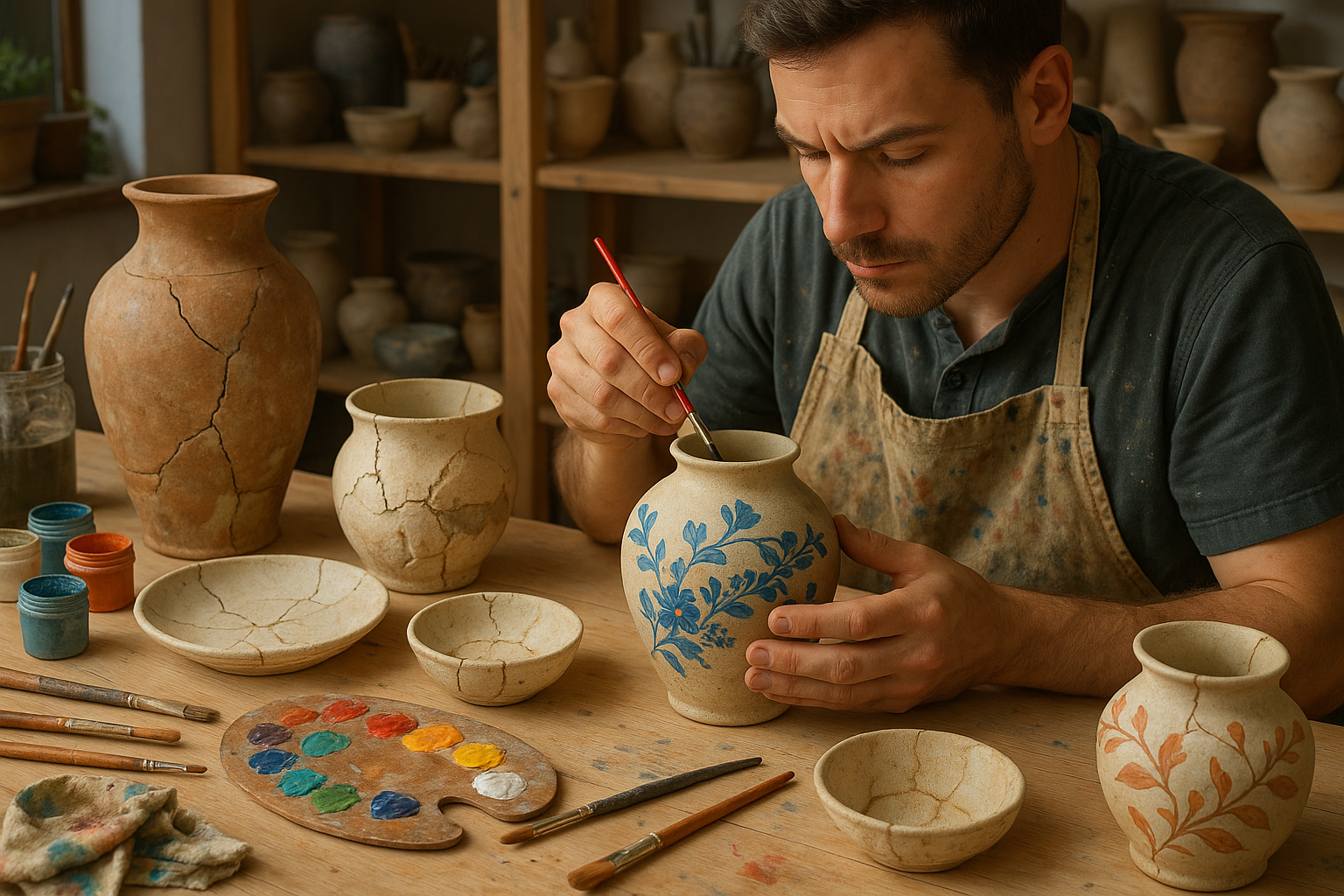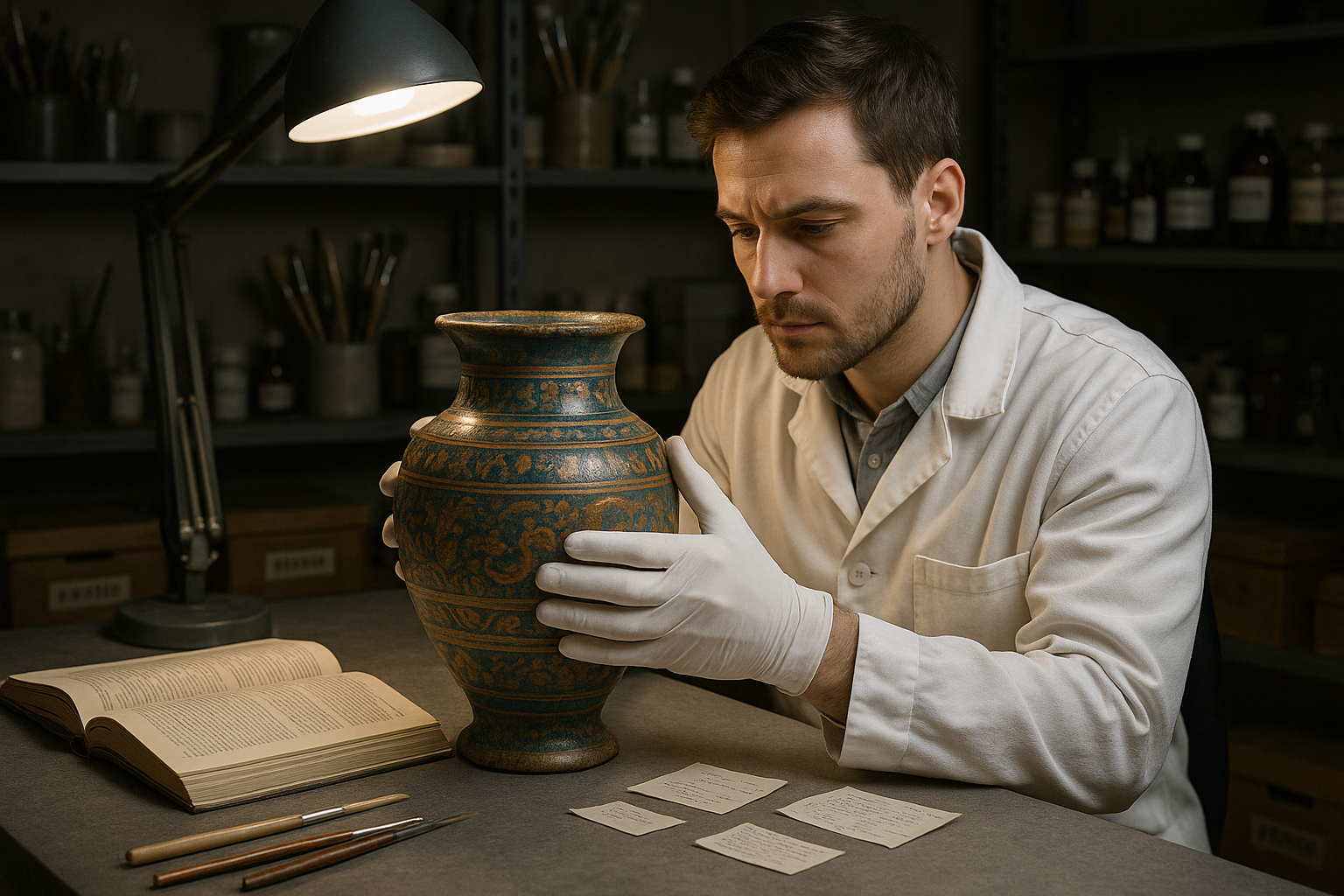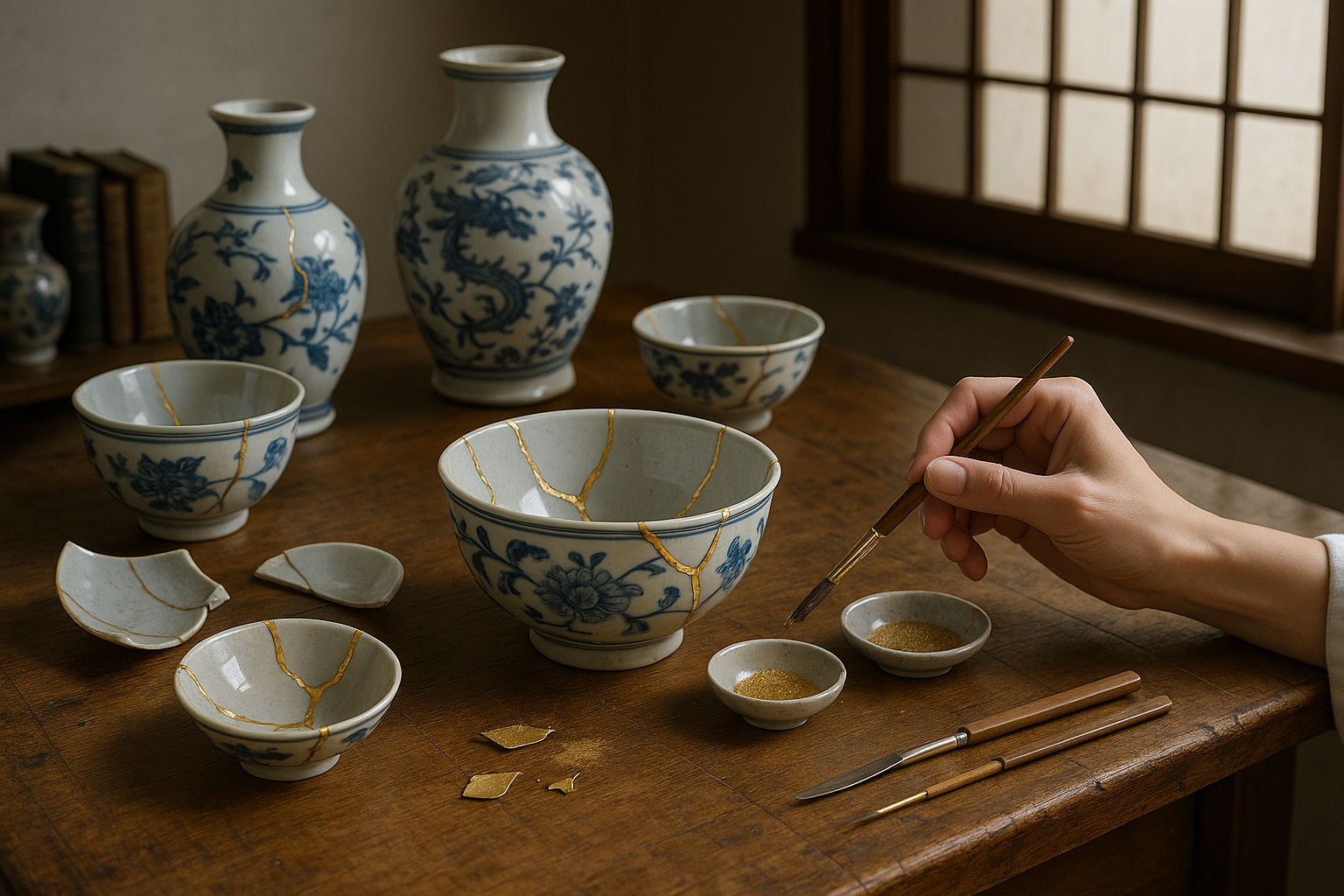The rhythmic sound of wood being carefully shaped and fitted together has echoed through centuries, crafting a legacy that stands the test of time. The art of joinery is more than just assembling pieces of wood; it is a testament to human ingenuity, creativity, and the relentless pursuit of perfection. As we delve into the fascinating world of joinery, we uncover not just techniques and traditions, but also stories of cultures, innovations, and craftsmanship that have transformed simple timber into stunning works of art. 🪚✨
Joinery, in its essence, is the skilled trade of joining pieces of wood to produce more complex structures. This might sound straightforward, but the beauty of joinery lies in its variety and complexity. From the simple butt joint to the intricate dovetail, each technique tells its own story, each with a distinct purpose and historical background. The seamless integration of aesthetics and functionality in joinery is a craft honed over centuries, a true art form in its own right. As we explore this subject, we will journey through the past, examining how these techniques evolved and why they continue to captivate and challenge craftsmen and hobbyists alike.
The journey begins in ancient Egypt, where the earliest known examples of woodworking were discovered. The Egyptians were pioneers, their innovative spirit evident in their construction of furniture and tombs. They mastered techniques that laid the foundation for future developments. Moving forward, we will travel to the imperial courts of China and Japan, where joinery was elevated to an exquisite art form. These cultures treated woodworking as a sacred practice, emphasizing precision and harmony with nature. Their intricate joinery techniques, often without the use of nails or glue, still inspire awe and admiration today.
As we transition to Europe during the Middle Ages, joinery took on a new role. The construction of cathedrals and castles called for robust techniques that could withstand the test of time. It was during this period that guilds began to form, passing down closely guarded secrets and refining skills through generations. The Renaissance era brought with it a renewed appreciation for beauty and symmetry, influencing joinery techniques that married form with function, creating timeless pieces that continue to inspire modern design.
Our exploration doesn’t stop there. We will also delve into the Industrial Revolution, a pivotal era that transformed joinery forever. The advent of machinery made production faster and more efficient, but it also raised questions about craftsmanship and quality. In this section, we’ll discuss how joiners adapted to these changes, balancing tradition with innovation.
Today, the art of joinery is experiencing a renaissance of its own. With a growing interest in sustainable living and handmade crafts, more people are turning to traditional techniques as a form of artistic expression and environmental responsibility. We’ll examine the current trends in joinery, from the resurgence of handcrafted furniture to the innovative use of digital tools and technology in modern woodworking.
As we navigate through these rich historical landscapes, you will gain a deeper appreciation for the skill and dedication required to master the art of joinery. Whether you’re a seasoned woodworker or simply an admirer of fine craftsmanship, this article aims to enlighten and inspire. We’ll provide insights into the unique tools used, the materials favored through different eras, and the cultural significance of joinery across the globe. 🏺🌍
Joinery is more than a technical skill; it’s a bridge between the past and the present, a link that connects us to the ingenuity of our ancestors. As we piece together this narrative, we’ll uncover how these ancient techniques continue to influence modern architecture and design, reminding us of the enduring power of human creativity and the timeless beauty of wood. By the end of this exploration, you will not only have a comprehensive understanding of joinery’s history and techniques but also a newfound respect for this age-old craft that continues to shape our world in remarkable ways.
Prepare to immerse yourself in the captivating world of joinery, where history, art, and craftsmanship converge. As we unravel the secrets of this ancient art, you might just find yourself inspired to pick up some tools and create your own masterpiece. 🛠️

Conclusion
The journey through the history of joinery has unveiled a rich tapestry of techniques and traditions that have shaped not only our built environment but also our cultural heritage. From the meticulous dovetail joints of ancient Egypt to the robust mortise and tenon constructions of medieval Europe, joinery stands as a testament to human ingenuity and craftsmanship. 🏛️
We explored how different cultures have contributed unique methods and styles, each with its own aesthetic and structural qualities. The evolution of joinery reflects advancements in tools and materials, as well as shifts in architectural trends and needs. Today, these techniques are not just relics of the past but continue to inspire modern woodworking and architectural design. 🏗️
Understanding the historical context of joinery provides deeper appreciation for both the art and science of woodworking. It highlights the skill and precision required, as well as the creativity involved in problem-solving through design. The resilience of these techniques is evident in their continued use and adaptation in contemporary projects. 📐
The significance of this exploration lies in recognizing joinery as more than just a construction technique; it’s a cultural artifact that connects us to our ancestors, reminding us of the shared human pursuit of beauty, functionality, and innovation. By preserving these traditions, we honor the craftsmanship of the past while paving the way for future artisans. 🌍
As you reflect on the art of joinery, consider how these ancient techniques might inform and inspire your own projects, whether you’re an architect, designer, or woodworking enthusiast. Engage with this tradition by experimenting with joinery in your creations, or simply by appreciating the craftsmanship in the structures around you. ✨
We invite you to share your thoughts and experiences with joinery in the comments below. What techniques have you tried, and how have they influenced your work? Don’t forget to share this article with fellow enthusiasts who might find inspiration in the rich history of joinery. Let’s keep this fascinating art form alive and thriving! 🔗
To expand this into a more comprehensive conclusion, consider the following tips:
1. **Detailed Recapitulation**: Delve deeper into each historical period or cultural tradition discussed in the article, providing more specific examples or anecdotes.
2. **Importance of the Topic**: Elaborate on how joinery techniques influence modern design and architecture, perhaps including case studies of contemporary buildings or projects that incorporate traditional joinery.
3. **Encouragement for Engagement**: Provide more prompts for reader interaction. Ask specific questions about the reader’s personal experiences with joinery or how they see its relevance today.
4. **Call to Action**: Suggest practical ways readers can apply what they’ve learned, such as workshops, online courses, or DIY projects that focus on traditional joinery.
5. **Inspirational Closing**: End with a powerful quote from a famous woodworker or architect, tying it back to the central theme of the article.
If you provide specific sections or details from your article, I can help tailor this conclusion even further!
Toni Santos is a restoration artist and historical design specialist devoted to reviving the beauty and soul of the past. Through meticulous craftsmanship and a deep respect for heritage, Toni brings antiques back to life—preserving not just objects, but the stories they carry through time. With hands trained in traditional restoration techniques and an eye for age-worn elegance, Toni restores furniture, artworks, artifacts, and heirlooms with precision and reverence. His work reflects a belief that restoration is not correction—it’s conversation between the old and the present. Blending artistry, conservation ethics, and historical research, Toni approaches every piece as a narrative in wood, metal, leather, or fabric—each with scars that speak of eras gone by. Whether repairing a hand-carved chair or reviving a forgotten painting’s vibrance, he respects the integrity of original craftsmanship while honoring its continued life. As the creative force behind Vizovex, Toni shares before-and-after showcases, restoration walkthroughs, and visual essays exploring the techniques and philosophies behind authentic antique revival. His platform celebrates: The timeless value of handcrafted work The quiet artistry of repair and preservation The cultural memory embedded in material objects The delicate balance between age and renewal For collectors, curators, artisans, and lovers of legacy, Toni’s world is an invitation to see restoration not as fixing what’s broken—but as restoring what still lives beneath the dust of time.




